What your credit score means and how you can manage it
Your credit score. Just three little numbers that can impact your credit card interest rate, how much you can borrow, and sometimes even whether you’re qualified to borrow money or not.

In general, your credit score is a number based on an analysis of your credit file, intended to represent your creditworthiness. A credit score falls between 300 and 850, with numbers above 670 falling in the “good” category.
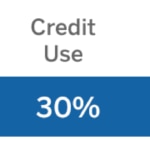
Your overall score is made up of five different categories, each with its own weight and importance: 10 percent is based on the types of credit you have, 10 percent on how much new credit you have, 15 percent is your credit history, and 30 percent is your credit use or how much of your available credit you’ve used. The largest piece -- payment history -- represents 35 percent of your total score.
Here’s a quick look at each category, how it’s determined and how you can manage it:
Types of Credit
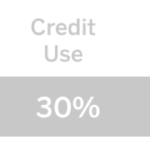
This refers to the various loans you have now or have had in the past: credit cards, auto loans, unsecured loans, mortgages or home equity loans. A good mix of loans can have a positive impact on your score, but it’s not a good idea to open new loans simply to add categories.
New Credit
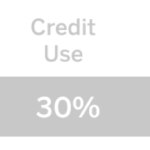
This section is based on what percentage of your loans are relatively new. If you’re planning to borrow money soon -- say, for a mortgage or home equity -- you may want to put off any other new loans for 6 months prior to your anticipate loan date. This can help you avoid an unfavorable review in this category.
Credit History
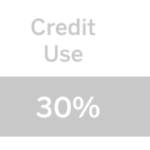
Credit history looks at how long you’ve had your current credit cards or other revolving lines of credit. Being able to demonstrate responsible credit use of a long period of time is a definite advantage.
Credit Use
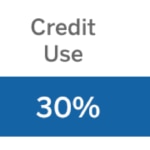
This refers to the amount of available revolving credit is already used. For example, if your credit card has a $5,000 available balance and you owe $1,000, you’ve used 20 percent of your available credit. If you have the ability to reduce your outstanding balances, this will have a positive impact on your credit score.
Also, it’s a good idea to leave accounts open once they have a $0 balance; this will reduce your credit use percentage and improve your credit history (see above), too.
Payment History
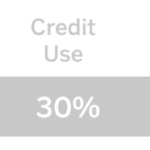
Your payment history is literally how frequently you make your payments on time. This is the part of your credit score you can impact most directly, since you have complete control over your payments.
Delinquent payments can have the biggest impact on this part of your score, so it’s important to make monthly payments on time. Take advantage of things like payment reminders, automatic payments and direct drafts to ensure you don’t miss a due date.
Once you understand what your credit score means -- and how your financial behavior can impact it -- the single most important thing you can do is keep an eye on it. Sign up for a credit monitoring service like Credit Karma or a credit protection service like LifeLock so you can see your actual score, track changes, and make sure the activity you see matches your own experience. All three credit bureaus -- TransUnion, Equifax, and Experian -- have processes in place for you to correct errors or provide additional information, so be sure to take advantage whenever needed.
Learn more about setting bill payment reminders, scheduling recurring payments and even e-Bills using BBVA Compass online banking or mobile banking app.